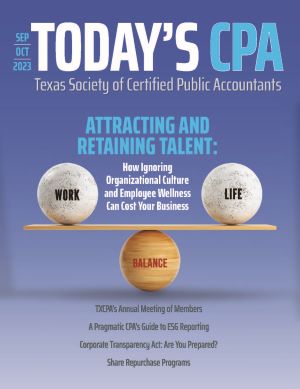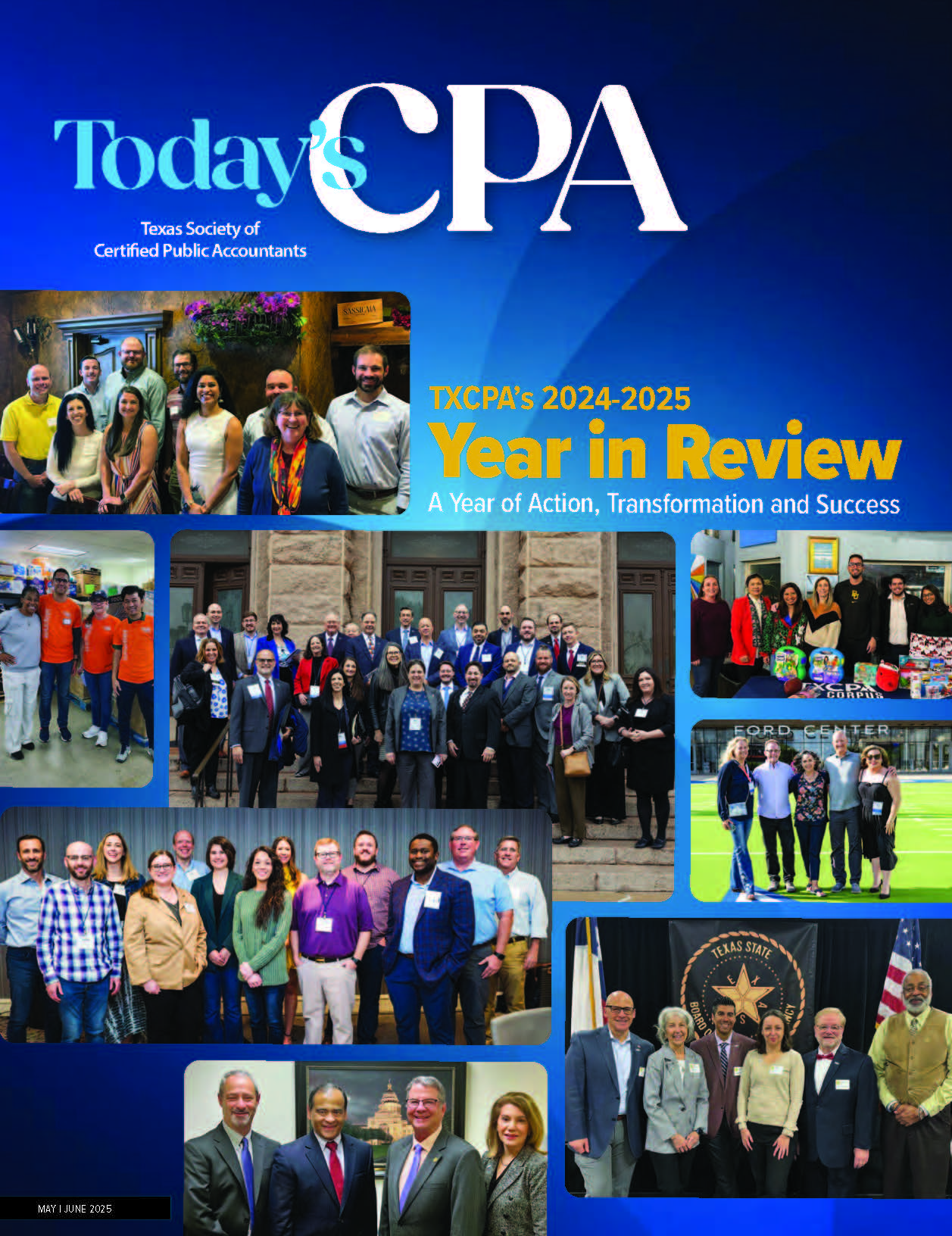September 26, 2023
Share Repurchase Programs
By Josef Rashty
Share repurchases have become commonplace in the modern economy. The popularity of share buybacks is easy to understand: companies reduce the number of shares outstanding without affecting their reported earnings by purchasing their stock. That increases the company’s earnings per share (EPS), so the argument goes that the price of shares should rise accordingly. And in most cases, buybacks seem to pay off – historically, companies that bought back their shares have posted an expeditious improvement in their EPS.
The WSJ on May 25, 2023, reported that Apple, Alphabet, Meta and Microsoft were mostly responsible for a disproportionate portion of total share repurchases in the first quarter of 2023. Meta shares have more than doubled in 2023 and the shares of the other three companies have risen at least 30%.
However, not all share repurchases go according to companies’ wishes – other factors outside of management’s control may impact the EPS. There are also instances that the public has viewed share buybacks negatively and underscored it as a sign of the company’s fragility and weakness.
This article does not deliberate on merits or pitfalls of share repurchase programs, but rather to focus on a compendium of the accounting issues that companies may deal with in their share repurchase programs. Furthermore, it expounds on two recent developments in share repurchase accounting: the Inflation Reduction Act of 2022 and the Securities and Exchange Commission (SEC) disclosure requirements effective on October 1, 2023.
Arguments for Share Repurchase Programs
Companies may repurchase their outstanding common shares for a variety of reasons and reflect them as “treasury stock” or “treasury shares” or retire them (ASC 505-30-05-02). Companies record the cost of treasury shares as a reduction of shareholder’s equity unless they immediately retire the repurchased shares – they typically present the treasury shares as a separate caption and a deduction from equity.
ASC 505, Equity, states that companies do not record treasury shares as assets or recognize dividends and report them as income because companies cannot pay themselves dividends. Companies may also decide to retire the treasury shares or reissue them at a later date.
There are several reasons why an issuer may consider repurchasing its shares. A share repurchase:
- Signals that the market has undervalued its shares;
- Provides tax-efficient benefits to shareholders, compared to the distribution of dividends, if it increases the price of the stock;
- Offsets the anti-dilutive effect of stock-based compensation awards;
- Returns capital to shareholders in a more tax-efficient manner than declaring dividends; and
- Improves a company’s metrics, such as EPS.
Share Repurchase Program Alternatives
There are various alternatives for companies to repurchase their own shares and each has its merits and pitfalls.
Open Market Repurchase (OMR) Programs
OMR programs typically involve a company engaging an investment banker to make spot purchases of its shares on its behalf over an extended period. The investment banker may act based on the company’s specific instructions or according to an established schedule or formula.
For example, the investment banker may repurchase a company’s shares on a given trading day based on the share price range of that day.
Tender Offer (TO) Programs
Companies embark on solicitation to repurchase a substantial percentage of their shares for a limited period. TOs are typically for a fixed price and contingent on shareholders’ tendering of their shareholdings. They allow companies to retire more shares than OMR in a shorter time frame.
The market often views TOs as a robust signal that the company believes its stock is worth more. However, TOs require higher transaction costs and demand a premium over the current market price (e.g., 10%).
Accelerated Share Repurchase (ASR) Programs
Companies can arrange for an investment banker to repurchase their common shares in the open market. This arrangement often results in an immediate effect on companies’ EPS; however, it settles the economics of the acquisition in the future based on the subsequent share prices.
In an ASR arrangement, the issuer makes an upfront payment and receives a specific number of shares from an investment banker through a forward purchase contract. When the contract matures (usually in three to six months), the ASR program settles based on the Volume Weighted Average Price (VWAP) of the shares during the contract. Changes in the share price after the initial share purchase increase or decrease the overall cost of the ASR.
A complete discussion of the ASR programs is not within the scope of this article. In summary, an ASR program is a combination of transactions that allow a company to repurchase a targeted number of shares immediately, with the final repurchase price determined through VWAP over a fixed period.
ASC 505-30-25-5 and 25-06 (and implementation guidance in ASC 505-30-55-1 through 55-7 and 60-2) depict the ASR programs as the following two separate transactions:
- Acquisition of common stock in a treasury stock transaction;
- Execution of a forward contract indexed to companies’ stocks.
The merits of an ASR program are as follows:
- An immediate benefit of a tender offer with the acquisition of shares;
- Pricing benefits due to a disciplined daily open market transaction.
Forward Contracts
The Financial Accounting Standards Board (FASB) requires companies to account for ASR as two different transactions: acquisition of common stock and execution of a forward contract.
The first transaction (i.e., the spot repurchase of treasury shares) results in a reduction in equity and the number of shares in the denominator of EPS on the trade date. The second transaction is a forward contract, and the issuer provides the investment banker additional consideration (cash or shares) and reflect it as the cost of share repurchase programs.
Companies should evaluate the forward contracts under ASC 480, Distinguishing Liabilities from Equity, and analyze them further as derivatives under ASC 815, Derivatives and Hedging.
Generally, a forward sale contract meets the definition of a derivative that has the following characteristics:
- The issuer’s share price is underlying;
- The number of shares received is notional;
- There is no minimal initial investment;
- The forward contract contractually provides for net settlement.
Furthermore, according to the indexation guidance (ASC 815-40-15) and equity classification guidance (ASC 815-40-25), companies should evaluate the forward contract for its equity classification.
FASB requires that companies reflect the derivative forward contracts at fair value with changes reflected in earnings.
Warrants
Warrants give the holder the right, but not the obligation, to purchase equity shares for a specified price (the exercise or strike price) during a specified period. For example, a debtor issues a two-year $1,000 par value bond with equity warrants that mature at the end of the second year and have a strike price of $10.
Redeemable Warrants
Redeemable warrants are the warrants the issuer can redeem for cash or other securities rather than being exercised by the holder. Thus, if the issuer redeems the redeemable warrant, the holder will receive either cash or other securities in exchange for surrendering the warrants rather than exercising their rights to exercise the warrants.
The redemption feature is not a term in the warrant but a feature of the underlying shares. The redemption attribute can be either mandatory or optional (at the option of the holder) at any time or only upon the occurrence of certain designated events (e.g., change of control).
Detachable (Freestanding) Warrants
Companies may issue debts with detachable warrants. ASC 480 defines a detachable (freestanding) financial instrument as follows: (1) it is separate and apart from any of the entity’s other financial instruments or equity transactions, or (2) it is in conjunction with some other transaction and is legally detachable and separately exercisable.
Embedded Warrants
Debts may have embedded features (e.g., embedded warrants) that introduce variability into a fixed contract and are part of a conversion function. An issuer may issue multiple instruments to the same counterparty in one transaction (e.g., debts and warrants). ASC 815 requires that companies initially identify all freestanding financial instruments, then account for their embedded features, if any, and bifurcate them and account for them separately.
Companies can classify warrants as equity, liability or derivative. FASB requires that companies reflect the liability and derivative classified contracts at fair value with changes reflected in earnings.
If an issuer redeems the warrants, it reflects it as a debit in the warrant account rather than the treasury stock account. In this scenario, the issuers have not issued any shares to repurchase them. However, if the issuer repurchases shares that the holder has acquired after the exercise of warrants, it reflects them as treasury stock.
Puts, Calls and Hybrid Instruments
Put Options
Put options give the holder the right, but not the obligation, to sell an underlying at a specified price on or before a specific date. For example, a puttable warrant is an embedded put option that allows the holder to require the issuer to pay cash at a specified date for a fixed amount to either (1) repurchase the warrant itself or (2) purchase the shares that the holder has received due to the exercise of the warrant.
The warrants for puttable shares conditionally obligate the issuer to transfer assets since the holder must exercise the warrants and put them to the issuer for cash or other assets. If the issuers repurchase puttable warrants in the form of shares, they record it as treasury stock or retire them.
Call Options
Call options give the holder the right, but not the obligation, to buy an underlying at a specific price on or before a specified date. For example, companies may issue detachable warrants (call options) in conjunction with debt instruments as consideration in purchase transactions.
If the issuer buys an underlying in a call option, it reflects the transfer of cash or other assets in the relevant account rather than the treasury stock account. In this scenario, the issuers have not issued any shares to repurchase them.
Embedded Derivatives (Hybrid Instruments)
Hybrid instruments consist of a host contract and an embedded derivative. (These instruments are within the scope of ASC 815.)
In practice, companies evaluate first to determine whether an instrument is within the scope of ASC 470, Debt, and ASC 480 for recognition and measurement.
If the instrument is not within the scope of ASC 480, the company further evaluates it to determine if it is a derivative within the scope of ASC 815. If so, the instrument is subject to ASC 815-40 guidance for accounting and its required disclosures.
EPS calculation
Contracts such as purchased put options and purchased call options are usually not included in the computation of dilutive EPS since they are antidilutive (ASC 260, Earnings per Share). That is, companies exercise the put options when the exercise price is higher than the market price and vice versa, they exercise their call options when the exercise price is lower than the market price (ASC 260-10-45-37).
New Developments
Inflation Reduction Act
The Inflation Reduction Act of 2022 (IRA) added Section 4501, which imposes a 1% excise tax on the public business entities (PBEs) share repurchases starting in 2023.
The 1% tax may also apply to merger and acquisition transactions. Since this tax is not a measure of income, it is not an income tax and is within the scope of ASC 740, Income Taxes. However, many analysts believe that the tax has not had any impact on companies’ share buyback decisions.
U.S. GAAP does not address the accounting for the taxes paid in share repurchases. However, AICPA Technical Questions and Answers (TPA) 4110.09 states that companies should add the direct and incremental legal and accounting costs associated with the acquisition of treasury shares to their cost basis.
Therefore, by analogy, companies have to account for any excise tax obligation as a cost of treasury shares transaction. Companies account for any reductions in excise tax obligations arising from share issuances as part of the original treasury share transactions.
SEC Disclosure Requirements
The SEC-adopted amendments require most registrants to disclose daily quantitative share repurchases quarterly. The guidance requires that issuers provide, for each repurchase day, the number of shares repurchased and the average price paid per share, among other information.
Registrants should indicate whether certain officers and directors traded shares within the four business days of the announcement of a repurchase plan. These disclosures must be filed quarterly as an exhibit to Forms 10-Q and 10-K.
The SEC promulgation expands existing narrative disclosure requirements in Regulation S-K to discuss share repurchase objectives, criteria used to determine the amount of the repurchase, and any policies and procedures related to the trading of securities by officers and directors during a repurchase program. Registrants should also include quarterly disclosure on Forms 10-Q and 10-K about an issuer’s adoption and termination of Rule 10b5-1 trading arrangements.
The amendments require tabular disclosure of an issuer’s repurchase activities aggregated daily and disclosed either quarterly or semi-annually, depending on the filer type.
The table must include the following information for daily share repurchases:
- Class of shares;
- Average price paid per share;
- The number of shares purchased, including the number of shares purchased according to a publicly announced plan or on the open market;
- The maximum number of shares (or approximate dollar value) that companies may have yet to purchase under a publicly announced plan;
- The number of shares purchased that qualify for the safe harbor in Rule 10b-18; and
- The number of shares purchased under a plan intended to satisfy the affirmative defense conditions of Rule 10b5-1(c).
Registrants, other than listed closed-end funds and foreign private issuers (FPIs), should comply with amendments beginning with the first Form 10-Q or 10-K that covers the first full fiscal quarter beginning on or after October 1, 2023.
FPIs should file the new Form F-SR that covers the first full fiscal quarter beginning on or after April 1, 2024 and include narrative disclosures in the first annual report filed after that.
Listed closed-end funds should comply with the SEC guidance beginning with the Form N-CSR that covers the first six-month period beginning on or after January 1, 2024.
Stock Compensation Awards
ASC 718, Compensation – Stock Compensation, provides guidance for shares that companies repurchase from an employee in a stock compensation arrangement (ASC 718-10-25-9 and 25-10). The classification of stock compensation awards as equity or liability impacts the compensation costs.
Companies remeasure the liability-classified awards to fair value at each balance sheet date until the settlement of the awards. ASC 718 requires that companies classify the awards that have cash-based settlement or repurchase features, such as share appreciation rights with a cash settlement feature, as liability.
Repurchases of cash-based settlement awards or awards with repurchase features are within the scope of ASC 718 and do not get reflected as treasury stock within the scope of ASC 505. Companies may also forfeit unvested and vested expired stock awards; they reflect these transactions in APIC and common stock according to ASC 718.
However, companies may also have a policy of repurchasing their shares on the open market to offset the stock-based awards exercises. If so, they should disclose that as their accounting policies and reflect the share repurchases as treasury stock under ASC 505.
Complicated Accounting Issues
Companies repurchase their stock whereby reducing the total number of shares outstanding and raise their per share earnings – a closely watched profitability metric. The process is highly controversial and has its proponents and critics. The opponents of share repurchase programs have long argued that companies should invest in their growth instead of boosting their immediate shareholders’ profits.
The objective of this article was not to defend the merits of share buybacks or criticize its shortcomings but rather to expound on technical accounting issues surrounding the process.
Share repurchasing remains a technical and complicated accounting subject, and its implementation requires the exercise of management judgment. One of the implications of stock repurchases is the new SEC-adopted amendments, which require most registrants to disclose daily quantitative share repurchase information on their quarterly filings. PBEs should consult their attorneys and CPAs to implement the SEC’s new promulgation and evaluate its disclosure requirements.
About the Author: Josef Rashty, CPA, Ph.D. (Candidate) is a member of the Texas Society of CPAs and provides consulting services in Silicon Valley, California. He can be reached at
j_rashty@yahoo.com.


















